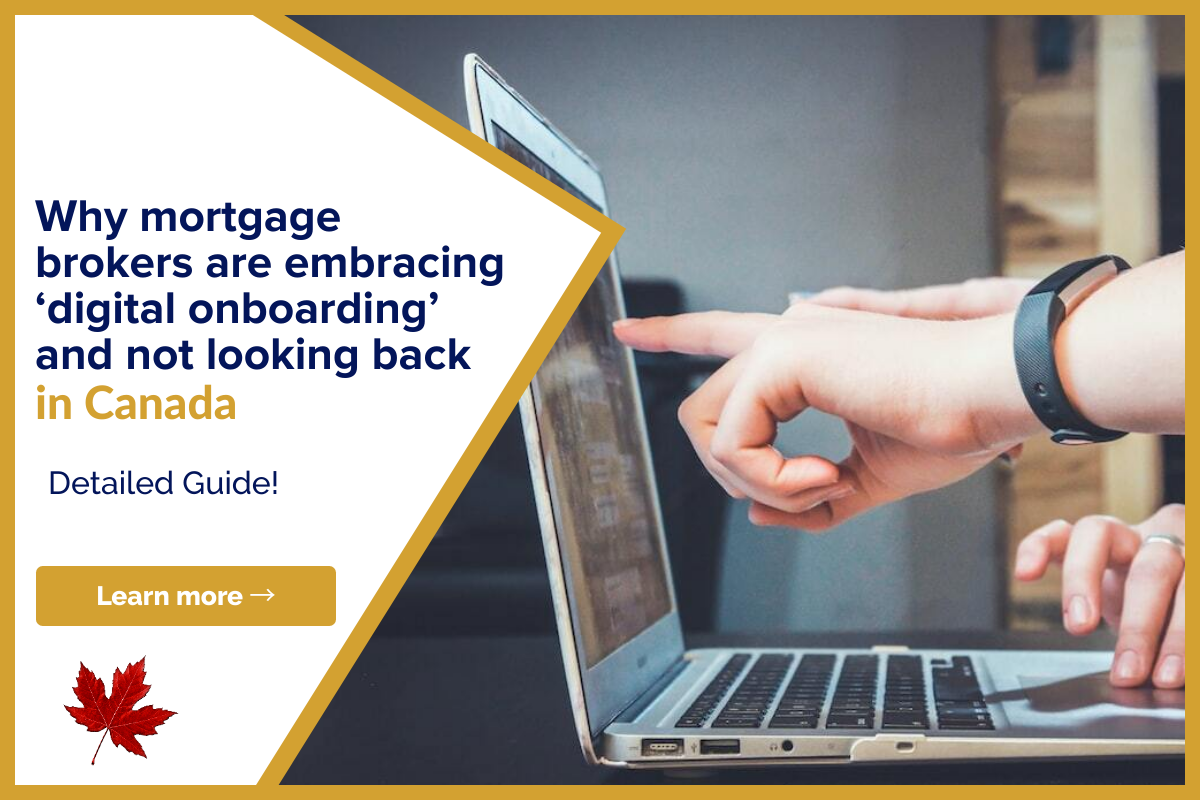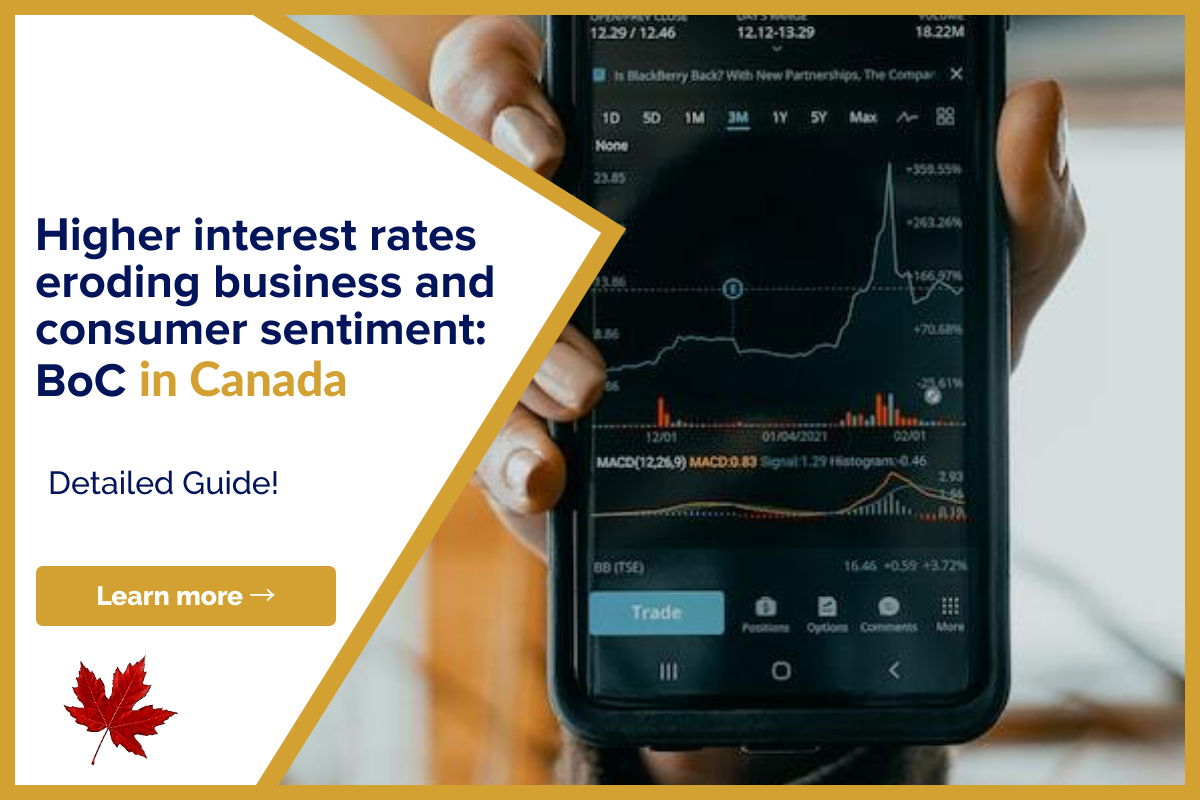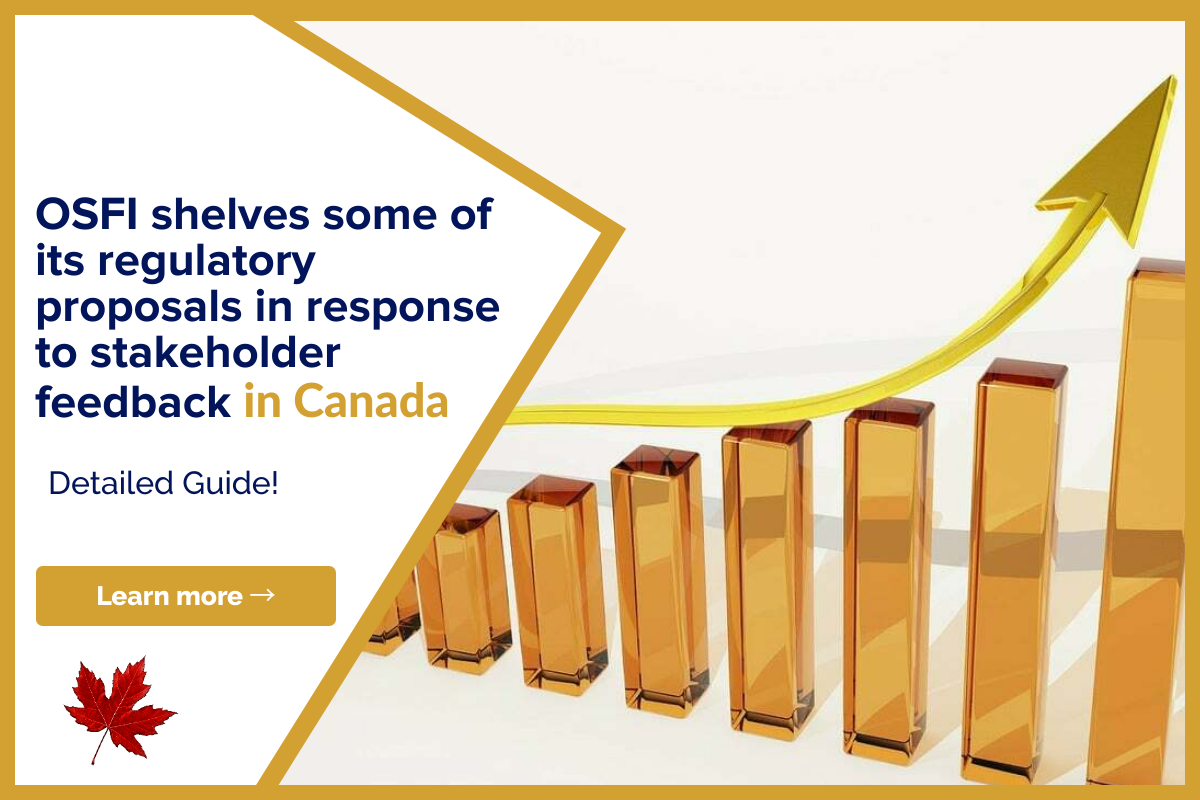During the early days of the mortgage business, brokers would require a lot of paperwork…

How to Refinance Your Second Mortgage in Canada
Now listen to our blog “How to Refinance Your Second Mortgage in Canada” while on the go.
If you have a second mortgage on your home, then refinancing it might have come to your mind at one point or the other. Refinancing can save you a ton of money on your monthly payment on your home equity line of credit. If you want to refinance your second mortgage in Canada, here are some things you need to be aware of first.
What is a Second Mortgage?
When you first bought the home, the initial loan you took for it was the first mortgage. For many buyers, this initial loan is the only loan they will ever take in their life. However, there may arise some circumstances for other people when they need a second loan. This second loan is called a second mortgage which you will use as collateral.
If your financial situation has changed after your first mortgage, then you can also take a second mortgage to renegotiate the terms of your loan. If you have a mortgage or two, then you should always keep refinancing as your option as it is one great way to move around your finances. So, in simple terms, refinancing is to get some much-needed money or reduce your loan payments
Types of Second Mortgages
Here are three major types of second mortgages.
Home Equity Loans: A home equity loan is when the borrower gets a lump-sum loan based on the amount of equity in the home. Most home equity loans have fixed interest rates and repayments are part principal, part interest. Once you receive the home equity loan, the repayment process will begin in a month or two.
Usually, the rates in home equity loans are fixed and the terms are longer than other mortgage types of loans. Thus, making it more affordable.
HELOC: A home equity line of credit allows homeowners to take out money based on the amount of equity they have in the property. However, a home equity line of credit or HELOC is different from a home equity loan due to the distribution of money. With HELOC, the lender allows a withdrawal period in which the borrower can access the funds as needed.
During the withdrawal period, borrowers make interest payments based on how much of the total available credit line they have used. In the repayment period, the borrowers start to repay the balance of the loan.
Piggyback Loans: A piggyback loan is when a buyer purchases a home with less than 20% of a down payment without paying for private mortgage insurance. In a typical piggyback loan, the first breakdown with the first mortgage funding is 80% of the home purchase. Whereas the buyer funding is 10% and the second loan funding is 10%.
As a simple rule, piggyback loans are famous for 80-10-10 mortgages.
 Why it is important to refinance a second mortgage?
Why it is important to refinance a second mortgage?
As an alternative to a second mortgage, if you go for a personal loan or a credit card debt, the interest rate will be very high. Also, the flexibility is very less in both the mentioned option and you can lose your assets as collateral. In contrast, a second mortgage comes with very little interest rates and provides more flexibility. In this, there is no chance of losing your home as you have the privilege to refinance.
Once you know the importance of a second mortgage in Canada and have made your decision to apply for it, here are your next steps to take.
Steps to refinance your second mortgage in Canada
Understand the costs of refinancing
Depending on your current financial situation, determine whether refinancing is a good option for you or not. In the end, will you get any benefit from refinancing your second mortgage?
You can do this by evaluating a number of fees and closing costs that are involved in the process. To give you a rough idea, mortgage refinancing costs between 3-6% of the total loan. So, it is important to first calculate your cost and see if your savings outweigh the costs or not.
You May Also Like: Should You Refinance Your Mortgage?
Moreover, consider your financial situation and figure out what it would be like if you were to refinance your second mortgage? Will there be any balance left to pay your bills? How much of your savings will be hurt? If everything goes your way after answering these questions, then you are good to go for a second mortgage.
Make sure you qualify for refinancing
As for the next step, make sure your financial position is capable of being accepted for the second mortgage. Ge a copy of your credit report and pay for your credit score. If the credit report shows poor scores, then it is advisable to first work on it and then decide to go for refinancing.
The main reason behind this is that all lenders check your credit score and determine the interest rates on this before lending. Once you go to the lender, they will evaluate your LTV ratio, credit score, and debt which you carry. So, sort out these if you want to get good rates.
Find your lender
First, ask your first mortgage refinance lender if they are willing to refinance your second mortgage with a lower interest rate. If they are willing to do so, you may avoid some fees. However, if they do not want to refinance your second mortgage, then you will need to find another lender.
While doing so, make sure you compare different lenders and acquire the prices before you make your final decision. Remember, you want to lower your interest rates in your second mortgage so negotiate accordingly.
Get Your Papers Ready
Once the lender is finalized, the next step is to get all your documents ready. Generally, the documents you need to set up include:
- Personal identification
- Income verification
- Debt
- Asset
- Mortgage details
- Property tax payments
If you have your documents already organized, the application process will go smoothly.
Review and sign
Once you applied and approved for the second mortgage, the next and final step is to make sure you read the contract before you sign anything. The terms and conditions usually vary when it comes to the different lenders, so meet your lenders and inquire about the terms. If you do not understand anything in the document, always ask for clarification, and if you have any questions make sure to ask them.
Read More: Right Time to Refinance Your Mortgage
The Bottom Line
Before applying for refinancing your second mortgage in Canada, always make sure it will financially benefit you. If your current financial position is not good, there is no point in going for the second mortgage now. Also, make sure you check with your first lenders and ask for the different interest rates this time. If not, look for a new one and try to refinance at a lower interest rate. Finally, double-check the paperwork and you are ready to receive your second mortgage.
If you are struggling to understand anything about mortgage, then make sure to reach out to us and we will provide you the best of the best resources and advice.





